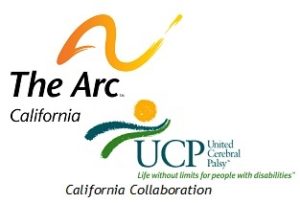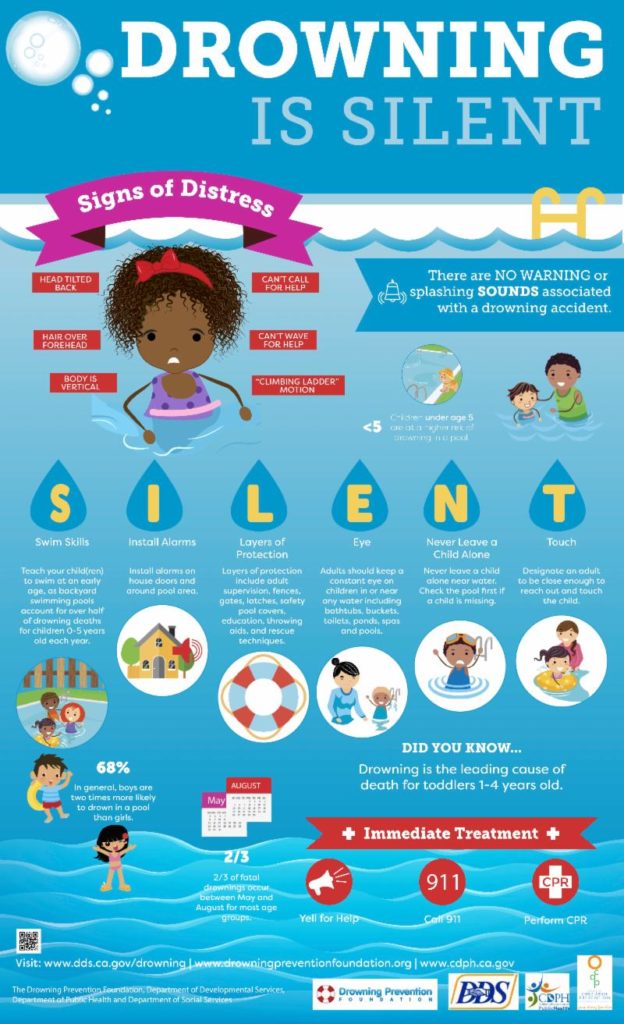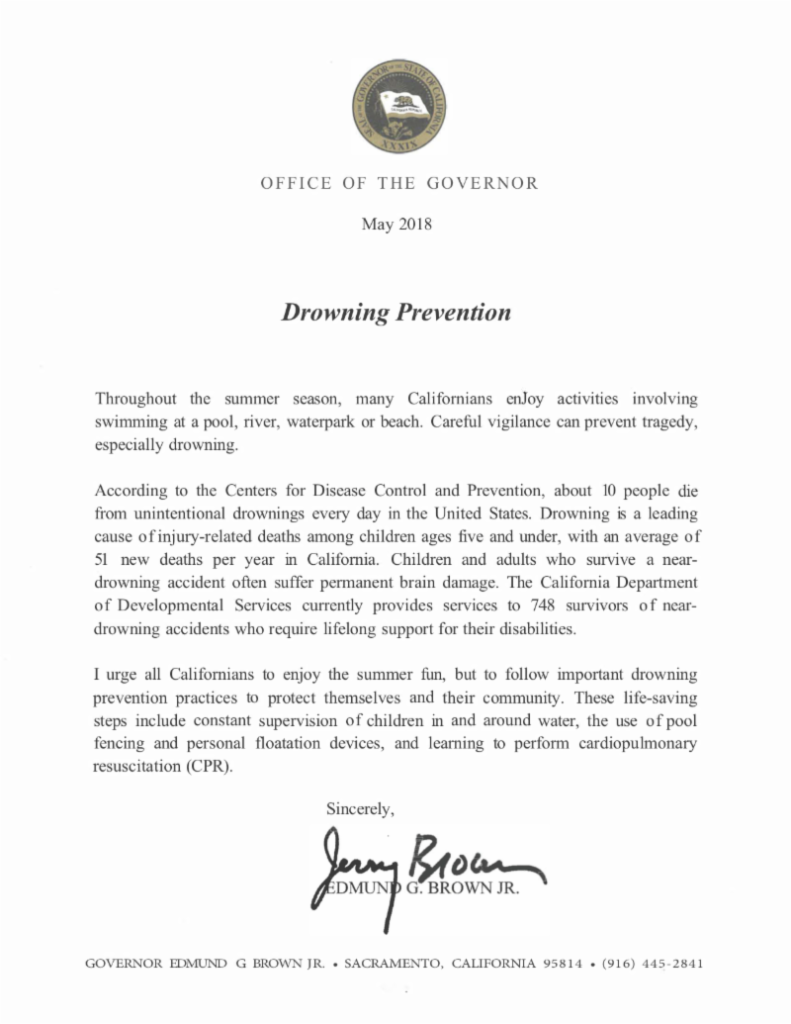Beautiful weekends and BBQ’s are just around the corner, but the statistics are too high!
Drowning is the leading cause of death among children with Autism Spectrum Disorder (ASD) (University of the Sciences in Philadelphia, 2014).
According to the National Autism Association, accidental drowning accounted for approximately 90% of total deaths (US) reported in children with ASD ages 14 and younger in 2009 to 2011.
As of last month, further statistics have come to light (American Journal of Public Health), outlining that drowning accounts for 46% of all injury deaths among children with autism, which translates to 160 times the chance of dying from drowning compared to other children. Individuals 14 years and younger are 40 times more likely to die from injury than the general pediatric population.
The Arc/UCP CA joins Governor Brown in urging everyone to enjoy the summer fun while being safe. In recognition of the importance of water safety and prevention Governor Brown issued the Drowning Prevention Proclamation:
Drowning prevention practices are a must. Have a summer safety plan and increase everyone’s awareness about drowning prevention practices. Drowning Prevention is most effective with a “multiple layers of protection” approach:
- Never leave a child alone near water, even for a few seconds
- A supervising adult should be close enough to touch the child under 4 years old near water
- Keep a constant adult eye on young children
- All collections of water are dangerous for infants and toddlers including bathtubs, buckets, toilets, ponds, spas, swimming pools, and natural water sites
- Swimming pools should have at least two layers of fences, alarms, and drains that meet regulations
- Pool gates should be self-latching, opening outward, with the latch out-of-reach for a child
- Keep reaching and throwing aids near a swimming pool
- All children should wear a personal floatation device while playing near bodies of water
- Parents and child caregivers should know how to perform rescue techniques and strategies to respond in an emergency
- If a child is missing, check the pool first
- Learn Cardiopulmonary resuscitation (CPR).
Near drowning accidents result in life long disabilities and are one of the few developmental disabilities that are 100% preventable. The Department of Developmental Services (DDS) has recently updated the Drowning Prevention Webpage which you can find here. There are links to excellent drowning prevention education materials, and also downloadable posters on the website.


Teresa Anderson, Policy Director, The Arc & UCP California Collaboration


